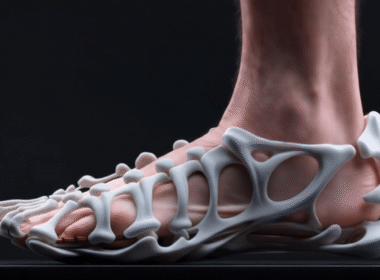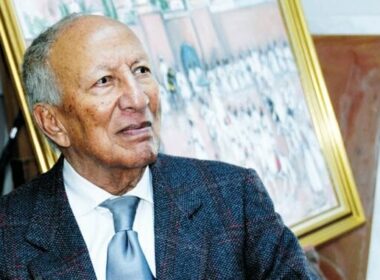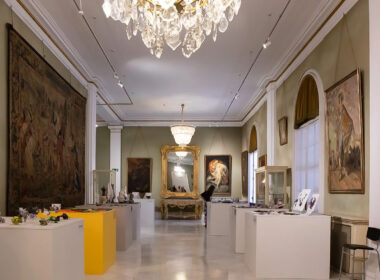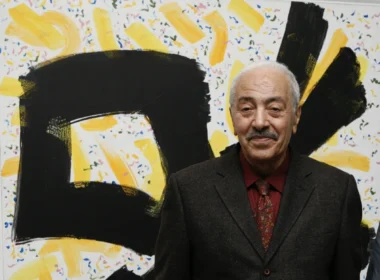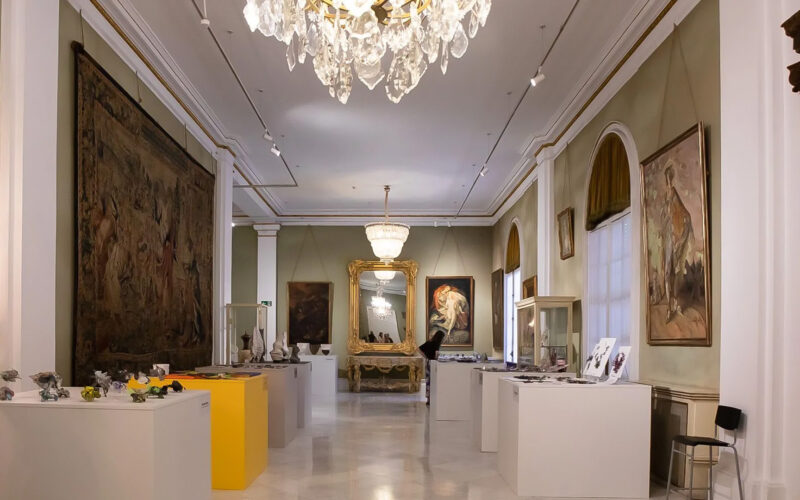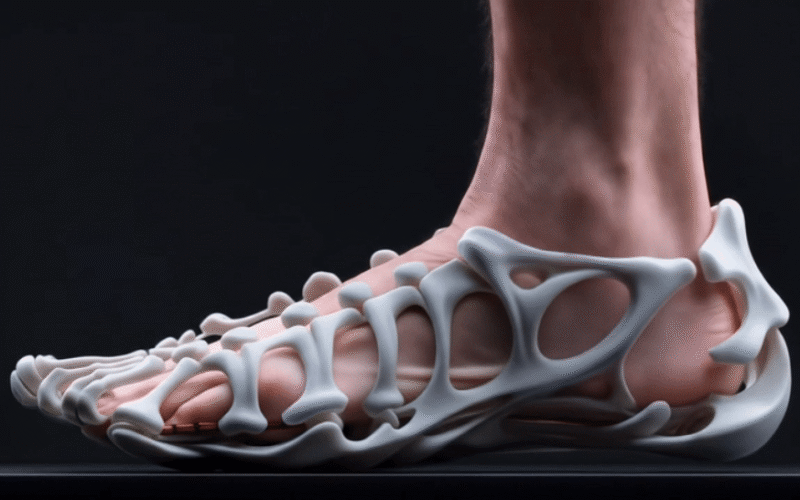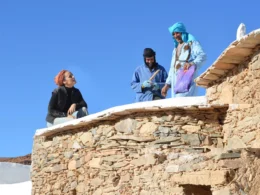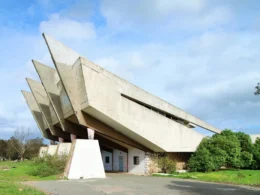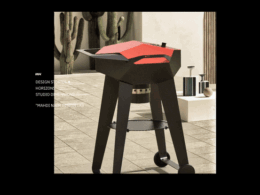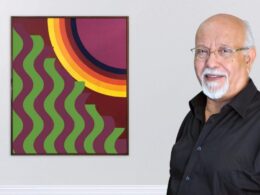In the ochre glow of Marrakech, where the Atlas Mountains meet the city’s red ramparts, the spectacle of fantasia unfolds like a timeless ritual. Horses surge across the dust-filled arena, riders cloaked in white, rifles exploding in unison, the air trembling with sound and colour. For generations, this has been the heartbeat of Moroccan tradition, and it is this heartbeat that Hassan El Glaoui, one of Morocco’s most celebrated painters, immortalised on canvas.
Often remembered as “the painter of horses,” Hassan El Glaoui’s story is not only about art but also about Morocco itself, its traditions, its struggles, and its balancing act between heritage and modernity. His paintings, simultaneously majestic and intimate, speak to a Morocco in transition, and to a man who carried both privilege and exile, fragility and strength, into his art.

Table of Contents
The Early Years: A Prince of Marrakech with a Painter’s Eye
Hassan El Glaoui was born in 1923 in Marrakech, into one of Morocco’s most powerful families. His father, Thami El Glaoui, the Pasha of Marrakech, was a figure of immense authority, known both for his political influence and his controversial alliance with colonial powers. Young Hassan grew up surrounded by ceremony, wealth, and power, yet his gaze was drawn away from politics, toward sketchbooks and canvases.
From an early age, he showed a fascination with drawing horses, the same animals that dominated Moroccan ceremonies and military traditions. But painting was not considered a suitable pursuit for the son of the Basha. In a Morocco still deeply rooted in tradition, art was not the career of a nobleman’s heir.
The turning point came in the most unexpected way. In the 1940s, Winston Churchill, himself a keen painter and a friend of the Basha, visited Marrakech. When shown Hassan’s sketches, Churchill recognised genuine talent. He urged Thami El Glaoui to support his son’s artistic path. This moment of recognition changed the course of Moroccan art: the son of the Basha would become not a politician, but a painter.
Hassan in Paris: Between Discipline and Discovery
With his father’s reluctant blessing, Hassan travelled to Paris, where he enrolled at the École des Beaux-Arts. Paris in the mid-20th century was a crucible of artistic experimentation: abstraction, surrealism, and post-war modernism were reshaping the art world. Yet Hassan chose another path. He trained in the rigorous traditions of figurative painting under the guidance of masters such as Jean Souverbie and Émilie Charmy.
This period was crucial. It gave him the technical discipline of European academic art, but he never abandoned his Moroccan sensibility. While many of his peers embraced radical abstraction, El Glaoui remained committed to figuration. His canvases became a hybrid space: Parisian discipline infused with Moroccan memory.
At the center of his work were horses. Rendered with precision yet alive with motion, they became more than animals; they were vessels of identity. Through their muscular forms and explosive energy, El Glaoui expressed Morocco’s traditions, its pride, and its enduring spirit.
Horses, Fantasia, and the Moroccan Soul
Why horses? For El Glaoui, they were not merely aesthetic subjects but carriers of meaning. In Moroccan culture, the horse is a symbol of nobility, courage, and ancestral pride. The traditional fantasia (or tbourida) performance, with its synchronized gallops and rifle shots, is a ritual of unity, discipline, and celebration.
On canvas, El Glaoui captured this ritual not as spectacle but as essence. His horses move in earthy ochres and shadowy blacks, their riders both majestic and ghostlike, as if drawn from memory. He painted the blur of motion, the dust rising from hooves, the silence before rifles crack. Through these scenes, he preserved a Morocco that was rapidly modernizing, a Morocco at risk of forgetting its rituals.
And yet, Hassan’s art went beyond horses. He painted portraits of Moroccan men and women, landscapes that breathed with the light of Marrakech, and still lifes where everyday objects became quietly monumental. Each canvas carried traces of nostalgia, a longing for moments already slipping away.

Exile and Return: A Life Marked by Upheaval
If his early years were gilded, Hassan’s life soon shifted into turbulence. After Morocco gained independence in 1956, his father’s close ties with colonial authorities left the El Glaoui family vulnerable. Hassan himself was briefly kidnapped during the political unrest that followed, a traumatic episode that left deep marks.
Stripped of privilege, he faced years of exile and hardship in Europe. Painting became both refuge and survival. Far from the splendor of Marrakech, his art gained new emotional depth: the horses seemed more restless, the colors more somber, the figures imbued with resilience.
In 1965, he returned to Morocco permanently. By then, he was no longer the Basha’s son but an artist in his own right, celebrated for his mastery and his distinct voice. His return marked the beginning of his mature period, one where his canvases carried both the nostalgia of tradition and the weight of lived struggle.
A Legacy in Paint and Beyond
By the time of his passing in 2018, Hassan El Glaoui had secured his place as one of Morocco’s most important painters. His works hang in prestigious collections, from the Royal Palace of Morocco to international museums and private galleries. Collectors prize his horse paintings, but equally, his still lifes and portraits reveal the breadth of his vision.
His legacy also extends through his family. His daughter Touria El Glaoui is the founder of the 1-54 Contemporary African Art Fair, a groundbreaking platform that has brought African art to global stages in London, New York, and Marrakech. Another daughter, Ghizlan El Glaoui, is an accomplished artist in her own right. In their work, one can sense the continuation of Hassan’s mission: to affirm Moroccan and African creativity on the world stage.

Why Hassan El Glaoui Matters Today
To revisit Hassan El Glaoui’s work in the 21st century is to confront Morocco’s evolving identity. His paintings remind us that heritage is not static; it must be reimagined in every generation. The horses of fantasia gallop through his canvases not only as images of the past but as metaphors for resilience, motion, and the forward momentum of a nation.
For young Moroccan artists today, El Glaoui represents a bridge, proof that one can be deeply rooted in tradition while speaking in a modern voice. His life, too, carries lessons: that art can emerge from privilege, endure exile, and ultimately transcend personal history to become collective memory.
Conclusion: The Painter of Morocco’s Spirit
In the end, Hassan El Glaoui painted more than horses. He painted the Moroccan soul. His canvases carry the dust of Marrakech, the echo of rifles in fantasia, the quiet dignity of Moroccan faces, and the fragility of memory itself.
To stand before one of his works is to feel time collapse, the Morocco of yesterday galloping into today. In each brushstroke, tradition and modernity converge, reminding us that heritage is not lost; it is transformed, immortalised in art.
Hassan El Glaoui left us a Morocco on canvas: alive, proud, eternal.


